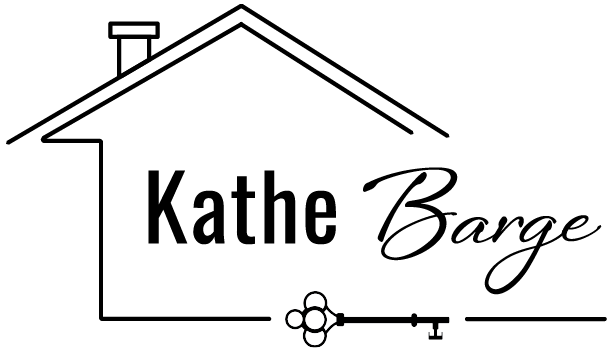Dear Kathe:
When you buy a house, what sorts of things can you paper separately so it doesn’t show up as purchase price? I know of a $1.5M sale that was recorded for $1.3M, for example.
There are times when a buyer may want to reflect a lower price on their deed than what they may initially be willing to pay for a home. There are several ways that this can be done if that is your goal. One option for a buyer wishing to reflect a lower deed price is for the buyer to offer to pay the seller’s commission. For example, if the seller of the home you seek to buy is offering a 6% commission and you are planning to offer $500,000, if you offered to pay the real estate commission of $30,000, you could reduce your offer price, which is reflected on your deed, to $470,000.
At the time of closing, a buyer and a seller each pay a 1% transfer tax in our area. You could also offer to pay the transfer tax that the seller would otherwise have paid, in my example being $5,000, and reduce your offer accordingly, in this case to $465,000.
Finally, if you are planning to buy any of the personalty with the home, you can schedule that separately as well. For example, you may have asked the seller to include in the sale their pool and ping pong tables as well as all of their custom draperies and central vac equipment. You may feel these items are worth $20,000 and offer to buy these items separately from the seller, thereby reducing the offer price in this case to $445,000.
With these three cost allocation methods, you will have reduced your deed price from the $500,000 you were willing to pay to $445,000 offer price which will be reflected on your deed, plus $55,000 in allocated costs. Of course, to do this you would have to have the cash on hand to pay for the allocated costs plus your planned down payment – banks will not consider the amount you pay for any such allocated costs as part of your down payment. In this case, you would likely need at least $150,000 cash on hand to utilize these cost allocation strategies. Accordingly, these strategies only work for homeowners who have saved large sums of cash that they are willing to invest in their homes.
